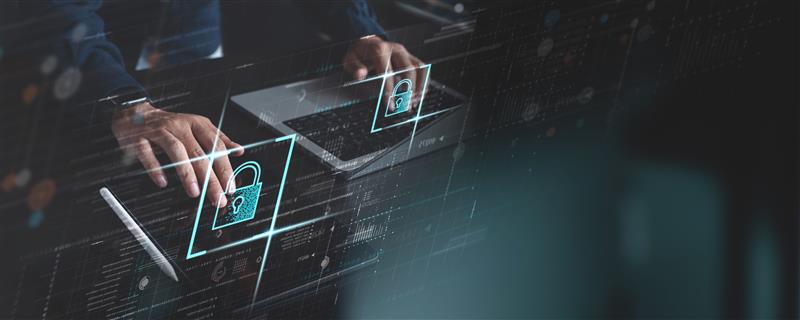Joomla Akeeba Kickstart Unserialize Remote Code Execution Vulnerability (CVE-2014-7228)
Publish date: May 31, 2016
Severity: HIGH
Advisory Date: MAY 31, 2016
DESCRIPTION
Akeeba Restore (restore.php), as used in Joomla! 2.5.4 through 2.5.25, 3.x through 3.2.5, and 3.3.0 through 3.3.4; Akeeba Backup for Joomla! Professional 3.0.0 through 4.0.2; Backup Professional for WordPress 1.0.b1 through 1.1.3; Solo 1.0.b1 through 1.1.2; Admin Tools Core and Professional 2.0.0 through 2.4.4; and CMS Update 1.0.a1 through 1.0.1, when performing a backup or update for an archive, does not delete parameters from $_GET and $_POST when it is cleansing $_REQUEST, but later accesses $_GET and $_POST using the getQueryParam function, which allows remote attackers to bypass encryption and execute arbitrary code via a command message that extracts a crafted archive.
TREND MICRO PROTECTION INFORMATION
Apply associated Trend Micro DPI Rules.
SOLUTION
Trend Micro Deep Security DPI Rule Number: 1007597
Featured Stories
 The Mirage of AI Programming: Hallucinations and Code IntegrityThe adoption of large language models (LLMs) and Generative Pre-trained Transformers (GPTs), such as ChatGPT, by leading firms like Microsoft, Nuance, Mix and Google CCAI Insights, drives the industry towards a series of transformative changes. As the use of these new technologies becomes prevalent, it is important to understand their key behavior, advantages, and the risks they present.Read more
The Mirage of AI Programming: Hallucinations and Code IntegrityThe adoption of large language models (LLMs) and Generative Pre-trained Transformers (GPTs), such as ChatGPT, by leading firms like Microsoft, Nuance, Mix and Google CCAI Insights, drives the industry towards a series of transformative changes. As the use of these new technologies becomes prevalent, it is important to understand their key behavior, advantages, and the risks they present.Read more Open RAN: Attack of the xAppsThis article discusses two O-RAN vulnerabilities that attackers can exploit. One vulnerability stems from insufficient access control, and the other arises from faulty message handlingRead more
Open RAN: Attack of the xAppsThis article discusses two O-RAN vulnerabilities that attackers can exploit. One vulnerability stems from insufficient access control, and the other arises from faulty message handlingRead more A Closer Exploration of Residential Proxies and CAPTCHA-Breaking ServicesThis article, the final part of a two-part series, focuses on the details of our technical findings and analyses of select residential proxies and CAPTCHA-solving services.Read more
A Closer Exploration of Residential Proxies and CAPTCHA-Breaking ServicesThis article, the final part of a two-part series, focuses on the details of our technical findings and analyses of select residential proxies and CAPTCHA-solving services.Read more How Residential Proxies and CAPTCHA-Solving Services Become Agents of AbuseThis article, the first of a two-part series, provides insights on how abusers and cybercriminals use residential proxies and CAPTCHA-solving services to enable bots, scrapers, and stuffers, and proposes security countermeasures for organizations.Read more
How Residential Proxies and CAPTCHA-Solving Services Become Agents of AbuseThis article, the first of a two-part series, provides insights on how abusers and cybercriminals use residential proxies and CAPTCHA-solving services to enable bots, scrapers, and stuffers, and proposes security countermeasures for organizations.Read more